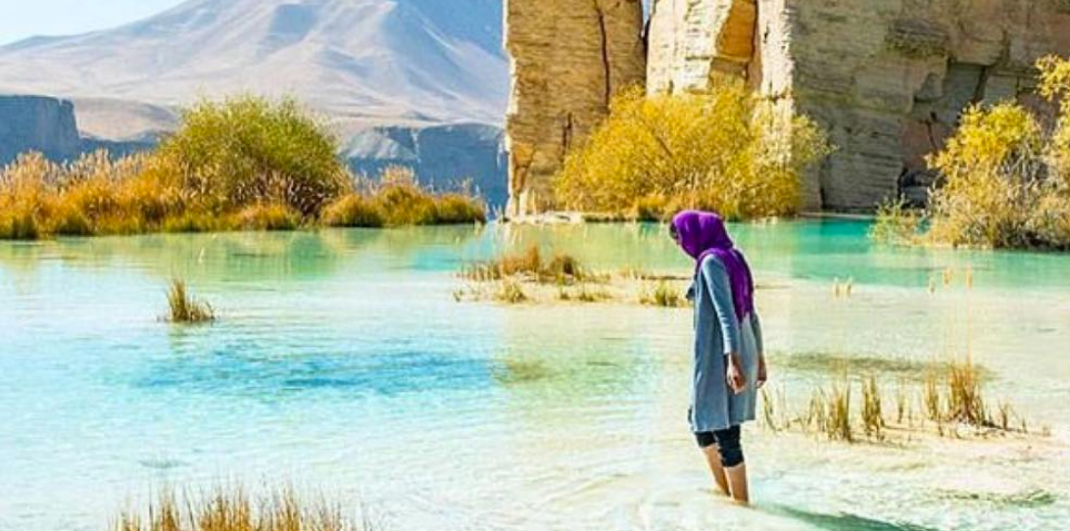About author View all posts
admin
The #afghanistanmyfuture team constantly curates motivating, valuable and inspiring content for you from Afghanistan


